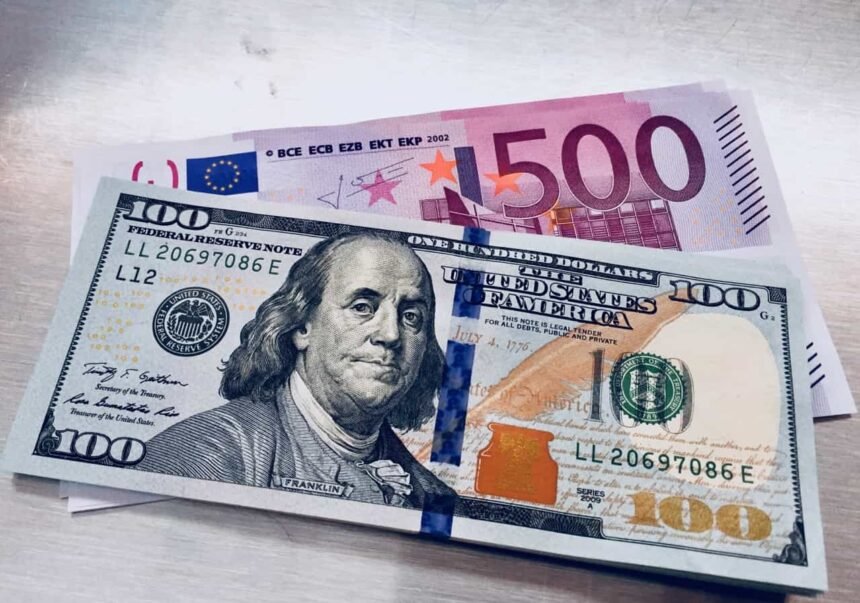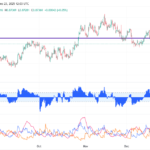The European Union is charging forward to offer a digital Euro. A Central Bank Digital Currency (CBDC) is in the queue to be in use by 2026. Currently, both institutional use and consumer access are anticipated. This contrasts with the US, where a CBDC or digital dollar issued by the central bank for usage by consumers has been blocked. Congressional action is needed to allow the US Federal Reserve to issue a digital dollar. Private firms are filling the space with hundreds of billions of dollar based stablecoins already in circulation. With the passage of the GENIUS Act, many firms are poised to issue their own digital currencies – including digital Euros.
Mark Aruliah, Head of EMEA Policy and Regulatory Affairs at Elliptic, says that European banks are “waking up to the possibility of a Euro-based stablecoin. At the same time, he believes private issuers cannot move quickly enough to compete with the US and Asia, where regulatory frameworks and market adoption are gaining speed.
“European banks have shown their appetite to engage with stablecoins and tokenized assets, but they need clear regulatory pathways and the right tools to manage risk,” says Aruliah. “With the US, MAS in Singapore, and the HKMA already moving in this direction, Europe cannot afford to be left behind.”
He noted that the news of European banks exploring a digital Euro is a positive signal, but this must be matched by “scale, urgency, and more clarity on regulatory expectations.”
“If European banks don’t move quickly to adopt and scale credible euro-denominated stablecoins in a robust and safe way, there is a real risk that dollar-backed alternatives will continue to dominate by default,” Aruliah explains.
Aruliah adds that the European Central Bank has voiced concerns that without competitive products, Europe may find its financial system reliant on dollar-backed offerings. For many years, Europe has sought to empower the Euro as a strong contender for the top reserve currency. A digital dollar, issued by private parties, is not only expected to boost demand for dollar-denominated securities, such as Treasuries, but also provide the world with greater access to the US dollar.
“While MiCA and progress on the digital euro provide a strong framework, policymakers and financial institutions must work together to translate regulation into adoption. The jurisdictions that move first will be able to trail blaze by setting the standards and capture the flows.”




















